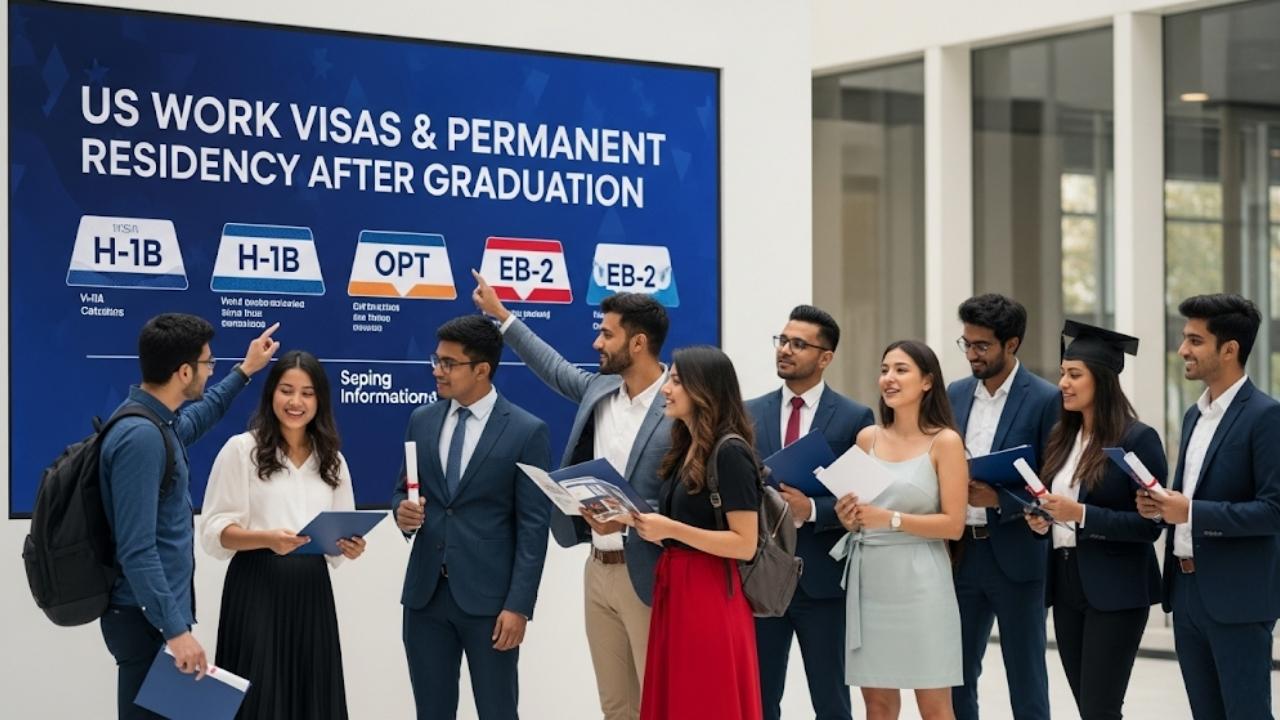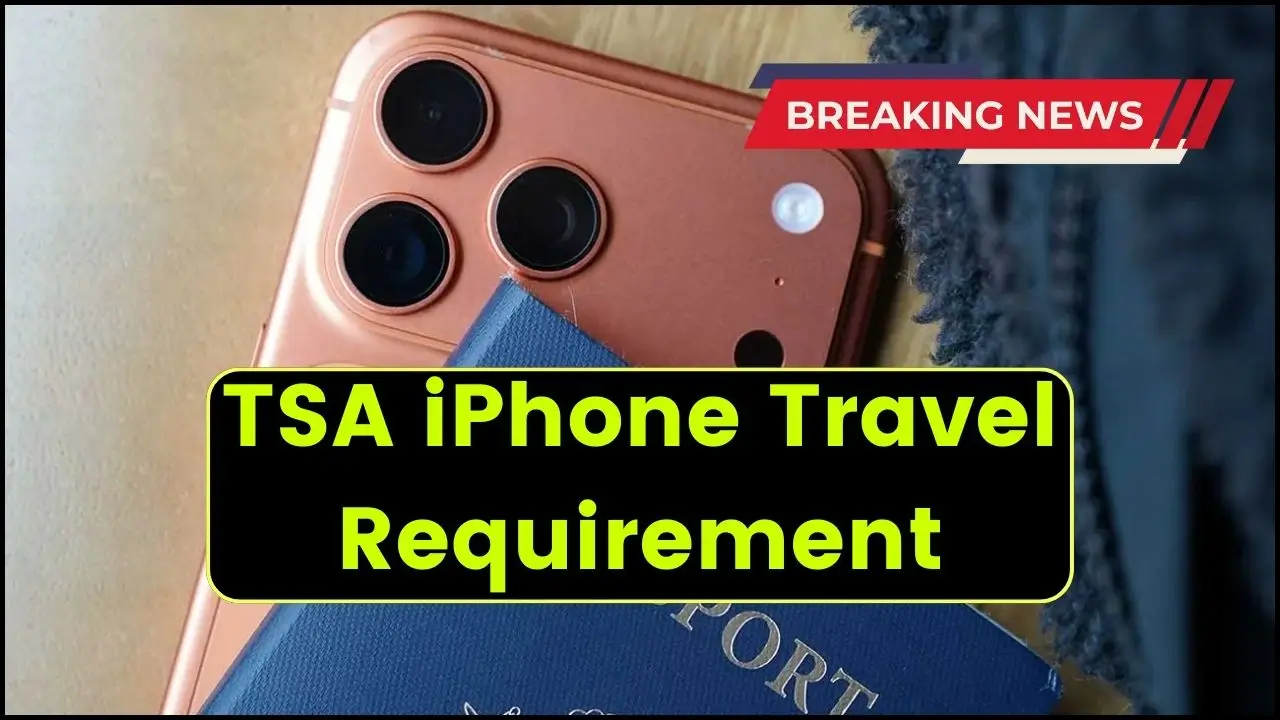The prospect of visiting China, whether for business, cultural exchange, or a trade fair, is an exciting one. However, the visa process can feel complex, especially when a Telegraphic Invitation (TE) to Visit China is required. In my experience advising international travelers, the TE letter is often a major hurdle. The good news is that with a clear understanding of the 2026 process, you can navigate this requirement with confidence and ease. This comprehensive guide is designed to empower you with the knowledge and steps needed to successfully secure your TE invitation, ensuring a smooth journey to your destination.
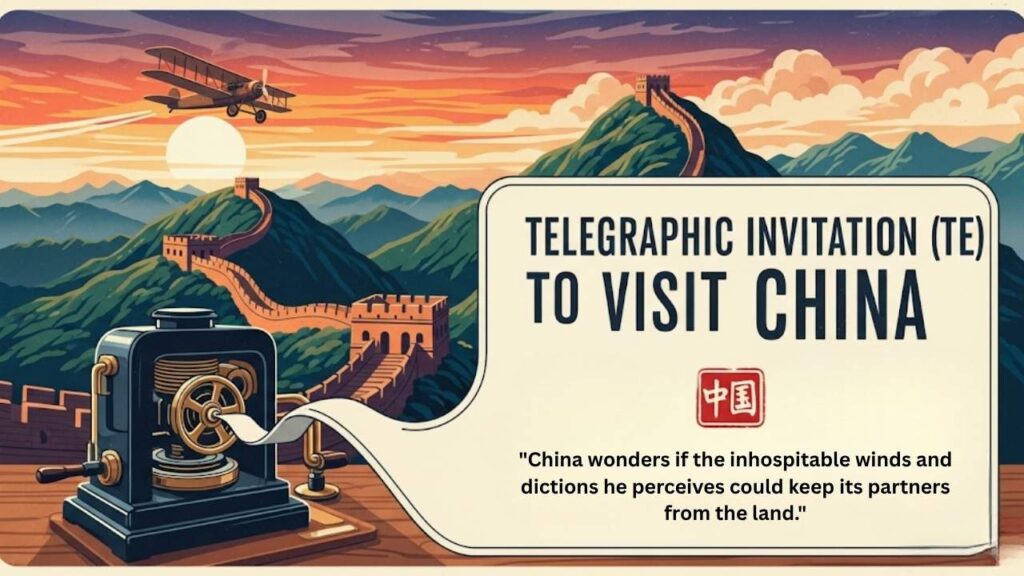
What is a Telegraphic Invitation (TE) and Why Do You Need One?
A Telegraphic Invitation, commonly known as a TE letter, is a special type of invitation issued by a Duly Authorized Unit of the Chinese government. Unlike a standard invitation letter from a company or individual, the TE letter acts as a formal and official verification of your visit’s purpose and legitimacy. It’s an essential document for securing certain types of visas, particularly M (business) and F (non-commercial visit) visas, for foreign nationals whose country requires this level of official endorsement. The TE letter essentially tells the Chinese embassy or consulate that your visit has been reviewed and approved by the local government in China, significantly strengthening your visa application.
The New TE Application Process for 2026
The process for obtaining a TE letter has evolved to become more streamlined and digitally integrated. For 2026, the application is primarily handled through online portals managed by the local Foreign Affairs Office (FAO) of the specific Chinese municipality or province you plan to visit. This shift emphasizes efficiency and transparency.
Step 1: Connecting with Your Chinese Inviter
The first and most critical step is to coordinate with your inviting organization in China. This is not a process you can initiate on your own. The inviting entity, which could be your business partner, a conference organizer, or an educational institution, is responsible for submitting the application on your behalf. They must be registered with the local Chinese government and have the authority to issue such invitations.
Your inviter will need to gather a comprehensive set of documents from you. This typically includes:
- A clear, color photocopy of your passport’s bio page. Ensure it has at least six months of remaining validity.
- Your full travel itinerary, including intended arrival and departure dates, and the specific places you plan to visit.
- A brief introduction of yourself and your relationship to the inviting entity, along with the purpose of your trip.
- Your full name, gender, date of birth, and nationality. This information must exactly match your passport.
Step 2: The Inviter’s Role: Submitting the Application
Once your Chinese partner has all the necessary information, they will log into the online service portal of their local Foreign Affairs Office (e.g., the Foreign Affairs Office of the Shanghai Municipal People’s Government). They’ll need to fill out a detailed application form, upload all your provided documents, and submit it for review. The system may also require them to provide proof of their own business license and ID card.
The application portal is usually in Chinese, but your inviter, as an authorized entity, will be familiar with the interface. They will fill in all the details, including:
- Applicant’s Information: Your personal details, as provided in Step 1.
- Visit Information: The purpose, dates, and locations of your trip.
- Inviting Entity Information: The name, address, contact details, and official stamp of the inviting organization.
This digital submission allows the government to efficiently screen all applications. A key change for 2026 is the enhanced focus on digital verification and a quicker turnaround for approved applications, moving away from more cumbersome paper-based processes of the past.
Step 3: Awaiting the TE Letter
After your inviter submits the application, it will be reviewed by the local government authorities. The processing time can vary, but it’s typically much faster than older methods. If approved, the inviting entity will receive a formal TE letter or a “Verification Confirmation of Invitation.” This document often includes a unique barcode or a verification number, confirming its authenticity.
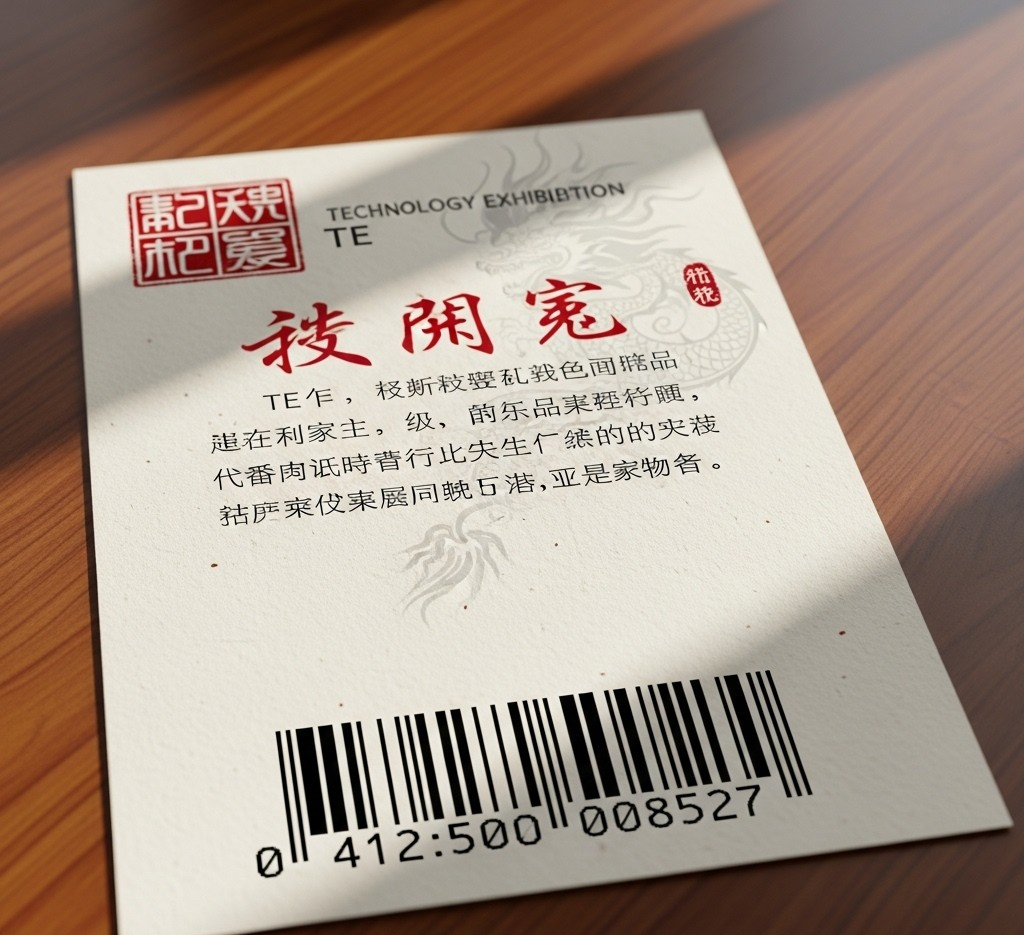
It is crucial to remember that the TE letter is a digital or a scanned document. The original physical copy is no longer a standard requirement for most visa applications, though it’s always a good idea to confirm with the specific Chinese Visa Application Service Center (CVASC) where you’ll be submitting your visa application.
Finalizing Your Visa Application
With your Telegraphic Invitation (TE) in hand, you’re now ready to tackle the final steps of your visa application. This part of the process is primarily your responsibility.
Documents You’ll Need
Gather all the standard documents required for a Chinese visa, which typically include:
- A valid passport with at least two blank visa pages.
- A completed online visa application form and confirmation page.
- A recent passport-sized color photo with a white background.
- Your TE Invitation letter.
- Copies of previous Chinese visas (if applicable).
- Any other supporting documents specified by your local CVASC.
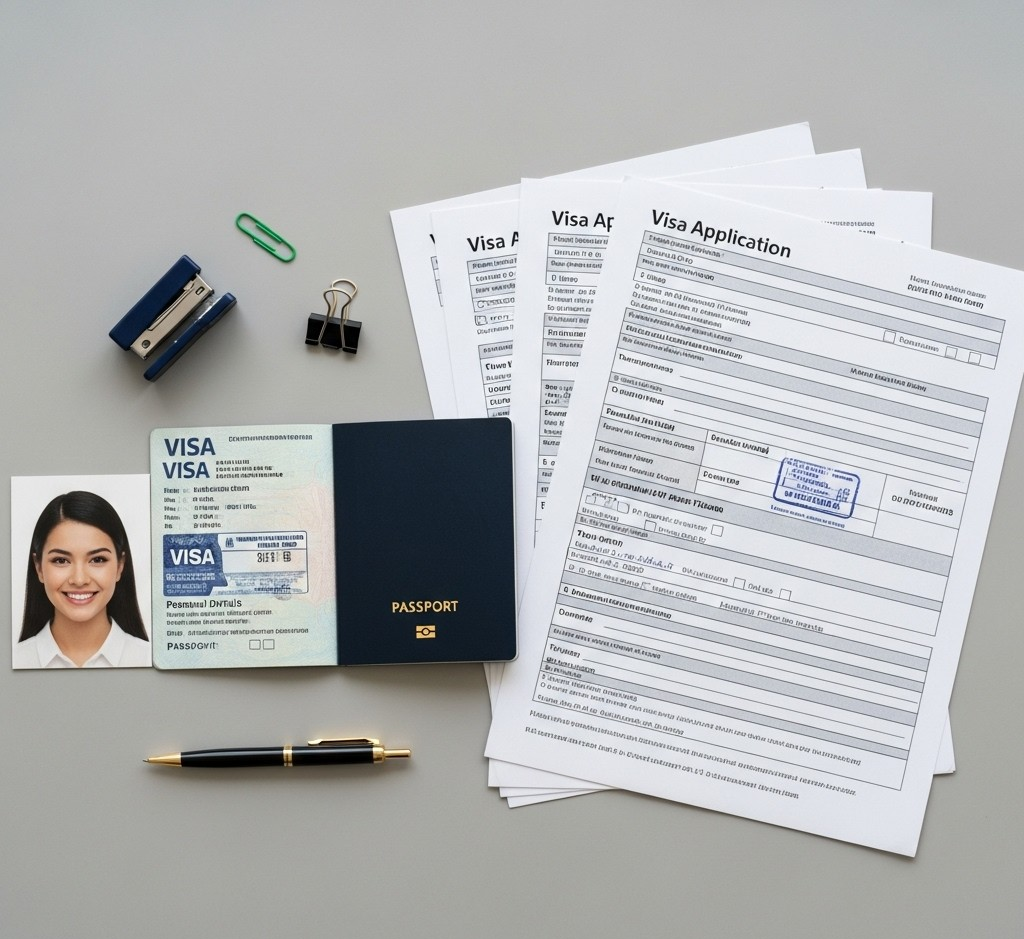
Submission and Fingerprint Collection
After preparing all your documents, you’ll need to submit them to the appropriate Chinese Visa Application Service Center (CVASC) in your jurisdiction. For most applicants between the ages of 14 and 70, fingerprint collection is a mandatory part of the process. It’s a quick procedure that’s done at the time of your appointment. You may be exempt if you’ve already had your fingerprints collected in the last five years at the same embassy or consulate with the same passport, so it’s always worth checking.
Insider Tips for a Seamless TE Process
- Start Early: The TE letter and visa application process takes time. Start coordinating with your inviter well in advance of your planned travel dates.
- Accuracy is Everything: Double-check every single detail on your documents. A mismatch between your passport and the TE letter can cause significant delays.
- Communicate Clearly: Maintain open and clear communication with your Chinese inviter. Be ready to provide additional information if requested.
- Verify the Source: Always ensure your TE invitation is issued by a legitimate and authorized unit. You can often verify the issuing body through official government websites.
The Broader Context
This new process is part of China’s ongoing efforts to streamline international travel and business interactions. The digital-first approach for the Telegraphic Invitation (TE) to Visit China in 2026 is a reflection of this commitment. While the steps may seem numerous, they are designed to provide a secure and efficient pathway for legitimate visitors. By following this guide and working closely with your inviting organization, you can confidently navigate the process.
Citizens of 59 Countries Can Travel to Hainan, China Visa-Free Starting July 2025!
Visa-Free Boom Sparks Record Foreign Arrivals in China in 2025: Your Guide to Seamless Travel
FAQ
Q1: Is a TE letter the same as a standard invitation letter?
No. A TE letter is a formal, government-issued document verifying your visit’s purpose, while a standard invitation can be issued by any company or individual. For certain visa types, the TE letter is a mandatory requirement that carries more authority.
Q2: How long does the TE letter application take?
The processing time varies depending on the local Foreign Affairs Office and the complexity of the case. While the new digital process aims for efficiency, it’s wise to allow several weeks for the invitation to be issued.
Q3: Do I need a physical copy of the TE letter?
For most applications in 2026, a high-quality scanned copy is sufficient. However, you should always double-check with the specific Chinese Visa Application Service Center (CVASC) where you will submit your application to confirm their exact requirements.ents



